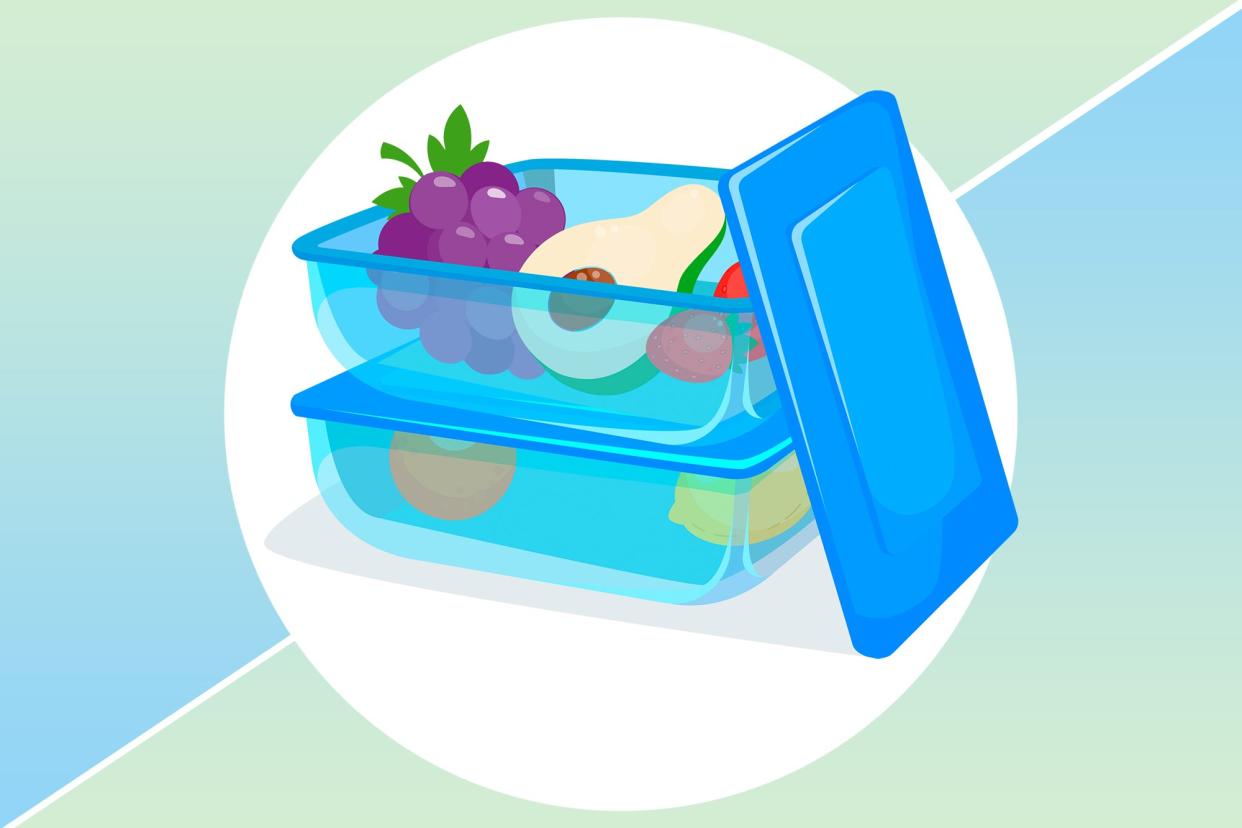Scientists Just Discovered an Easy Way to Remove Forever Chemicals for Good

Getty Images
Even if phrases like "forever chemicals" or "PFAS" are unfamiliar, you may have heard warnings about the sources where they tend to show up. PFAS, or per- and polyfluoroalkyl substances, are the man-made chemicals that make some takeout containers and nonstick kitchen equipment worth avoiding. If something in your kitchen is resistant to stains or sticking—like the coating on a rug or the glossy sheen on a microwave popcorn bag—there's a chance that PFAS helped make it that way.
Called "forever chemicals" because they tend to linger in the environment, PFAS can show up in municipal drinking water, soil, fish and crops—which means researchers have long been on the lookout for a way to reliably destroy them. A new study published in Science indicates that a solution was hiding under our noses all along.
Related: This Interactive Database Shows the Most Contaminated Tap Water In America
Their findings suggest that the key to destroying the PFAS could be in sodium hydroxide, sometimes called lye. Researchers were able to degrade the forever chemicals by placing them in lye-based solvents over a low heat. The strategy was successful in degrading the chemicals by anywhere from 78% to 100% within a 24-hour period. The method worked on 10 types of common PFAS.
This strategy isn't one you can recreate at home, but it is an exciting development when it comes to limiting PFAS exposure in our communities. After all, the problem isn't just that PFAS are an environmental contaminant—they also pose health risks to folks exposed to them. For example, other recent research has tied PFAS exposure to increased hypertension risk, and more.
While further research needs to be done to confirm the specific negative health effects of PFAS exposure, the Agency for Toxic Substances and Disease Registry treats exposure as a public health concern. Increased cholesterol levels, decreased vaccine response in children, increased risk of high blood pressure during pregnancy, lower birth weight and increased risk of kidney or testicular cancer are all possible health outcomes from PFAS exposure, according to the agency.
"PFAS have become a major societal problem," lead researcher William Dichtel, Ph.D., said in a media release. "Even just a tiny, tiny amount of PFAS causes negative health effects, and it does not break down. We can't just wait out this problem. We wanted to use chemistry to address this problem and create a solution that the world can use. It's exciting because of how simple—yet unrecognized—our solution is."
The Bottom Line
As we wait for further research on the subject, there are some things you can do to limit your PFAS exposure at home. If you end up with an eco-friendly paper takeout box from your favorite place, be sure you transfer your food to a metal or glass container when you get home—and don't microwave your food in the container you got from the restaurant.
If you love your nonstick pans, take care of them by washing them by hand and using gentle silicone utensils on the surface. That extra effort can keep the nonstick coating from eroding and leaching chemicals into your scrambled eggs. You might also consider swapping nonstick pans for enamel-coated options or stainless steel versions—they might be more expensive, but they're likely to last longer and give you a little peace of mind.
Some PFAS-prone items you can avoid entirely, like microwave popcorn bags—just switch to a reusable bag, like Stasher, and bulk kernels. Some PFAS culprits, like waterproof mascara, have PFAS-free versions available. (Our sibling brand InStyle has plenty of info on that front.)
Whittling your PFAS exposure down to nothing is unlikely, but taking steps to keep the chemicals out of your kitchen can help. And with this study expanding the horizons of widespread PFAS elimination, there's lots to be optimistic about.

